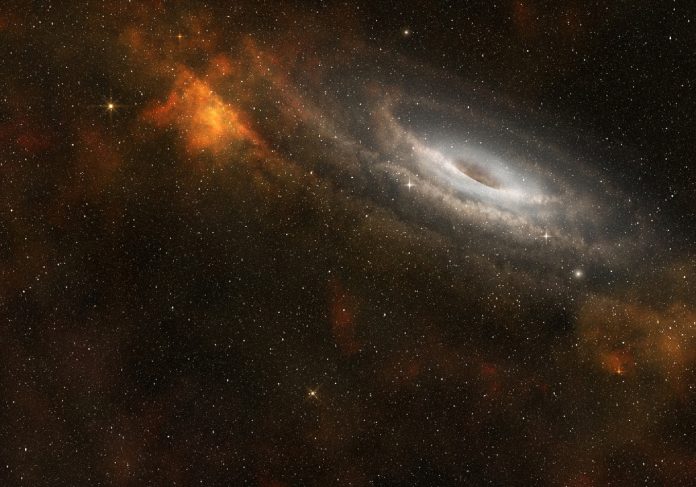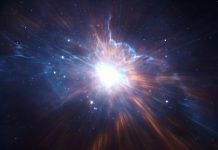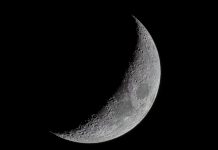The largest known stellar black hole in the Milky Way has been discovered
Named Gaia BH3 and located 2,000 light years away from Earth, this black hole weighed 33 times the mass of our sun and was unveiled through its gravitational influence on a nearby distinctive wobble in its orbit.
33 times the mass of our sun
The finding, announced prematurely due to its significance, offers a rare insight into the world of stellar black holes and shows the capabilities of modern-day astronomy.
Stella black hole formations
Stellar black holes, like Gaia BH3, form from the death of massive stars. When these stars exhaust their nuclear fuel, they undergo a cataclysmic collapse, appearing in the formation of a black hole.
Unlike the more familiar supermassive black holes at the centres of galaxies, such as Sagittarius A* at the heart of the Milky Way, stellar black holes are born from singular stellar events and show relatively modest masses.
Identifying Gaia BH3’s
Gaia BH3 was identified by the data presented from the European Space Agency’s Gala mission. Launched in 2013, Gaia has been assigned the role of creating a three-dimensional map of over a billion stars in our galaxy.
Among the information collected, astronomers detected a telltale wobble of a star in the Aquila constellation, indicating the presence of a huge black hole.
The findings of Gaia BH3 enhance our understanding of black hole demographics within the Milky Way. While dozens of stellar black holes have been cataloged so far, most have masses roughly equivalent to ten times the Sun’s.
Gaia BH3’s significant weight, at 33 solar masses, places it among the largest of its kind found in our galactic neighbourhood. This discovery aligns with previous detections of stellar black holes through the gravitational waves produced by distant cosmic collisions.
Gaia BH3 creates an opportunity for greater black hole research
As Gaia BH3 is the second closest known black hole to Earth, astronomers have the opportunity to observe it in closer detail.
The enigmatic nature of black holes, with their gravitational pull that even light cannot escape, has captivated scientific curiosity. Now, with Gaia BH3’s discovery, scientists predict being able to look deeper into the complexities of black holes and their behaviour and formation processes.
This discovery also highlights the cosmic origins of Gaia BH3’s ancestor star. The star’s metal-poor composition suggests it belonged to a type of star deficient in heavy elements, a strong clue in understanding the conditions favouring stellar black hole formation.
With future observations and analyses, astronomers aim to look further into the lifecycle of stars that mark their death, such as the birth of stellar black holes like Gaia BH3.














